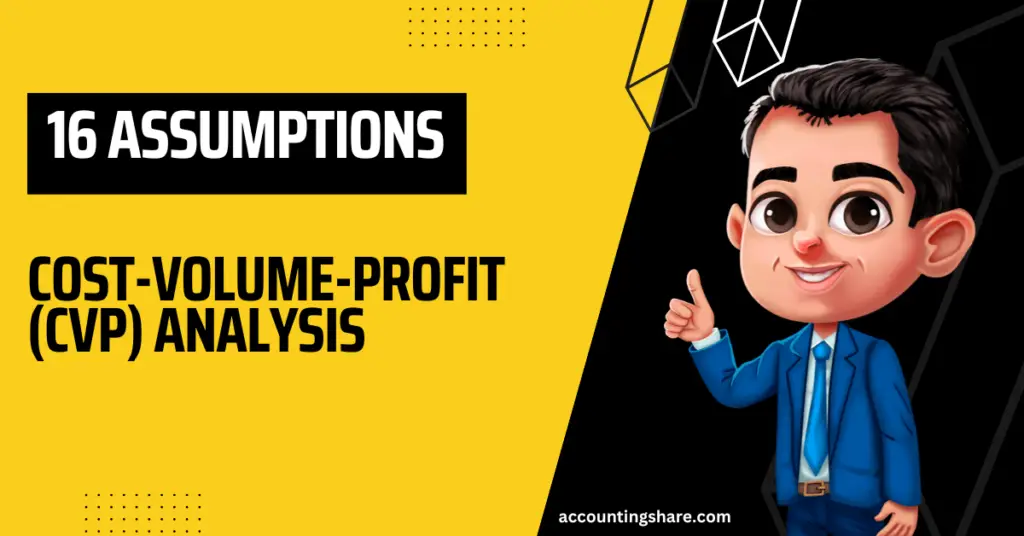This analysis also identifies the sales volume required to achieve targeted profit levels. Businesses can use the contribution margin to make informed decisions about pricing, product mix, and resource allocation. For example, the company could use the contribution margin to determine the profitability of a new product line or to analyze the impact of changes in selling prices or variable costs. Cost-volume-profit (CVP) analysis cvp meaning in business is a financial modeling method used to predict the profitability of a company at different levels of activity. The CVP formula incorporates variable costs, fixed costs, selling price per unit, and sales volume to analyze the breakeven point and profitability at varying output levels. By analyzing variable costs in CVP analysis, businesses can make informed decisions about pricing, product mix, and resource allocation.
Operating Income: Understanding its Significance in Business Finance
We may earn a commission when you click on a link or make a purchase through the links on our site. All of our content is based on objective analysis, and the opinions are our own.
Interpreting changes in variable costs and sales volume
For many people, the easiest way to visualise this figure is by creating a cost-volume-profit graph. Our website services, content, and products are for informational purposes only. Save more by mixing and matching the bookkeeping, tax, and consultation services you need. When researching companies, the financial statement is a great place to start.
How is CVP Analysis used in management decisions?
- It is an important concept in Cost-Volume-Profit (CVP) analysis and can help businesses make informed decisions about pricing, product mix, and resource allocation.
- It’s a simple and straightforward analysis that can be a useful starting point when you’re doing your calculations and may give you handy jumping-off points as you start to refine your plans.
- It may turn out that the product will simply be too expensive compared to the competition, which is good to know long before you start making it.
Managers can use this information to evaluate their financial performance and develop plans for cost reduction or revenue growth. Furthermore, managers can use CVP analysis to calculate contribution margins that reveal how much each product contributes to covering fixed costs and generating profits. These costs must be factored into the CVP analysis since they also impact the overall profitability. Neglecting the effect of variable costs can lead to overestimating profits or underestimating costs.
Calculating contribution margin
To illustrate the concept of the sales price in CVP analysis, let’s consider the example of a company that produces and sells widgets. The company has a fixed cost of $10,000 per month, and its variable cost is $5 per widget. The sales price is the amount of money that a company charges for its products or services. In Cost-Volume-Profit (CVP) analysis, the sales price is an important component used to calculate contribution margin, break-even point, and profitability.
Continual monitoring and analysis of CVP ensure that organizations stay on track to achieve their financial and operational goals. Moreover, CVP analysis also helps managers assess the impact of changes in sales volume, costs, and other factors on financial performance. CVP analysis provides valuable insights into a company’s financial performance and helps managers make informed decisions that maximize profits. This means that 50% of the sales price of each widget is available to cover the company’s fixed costs and generate a profit. This means that for every widget sold, the company has a contribution margin of $5. The contribution margin can be used to cover the company’s fixed costs and generate a profit.
Similarly, CVP can help guide decisions regarding large fixed cost investments like equipment purchases or facility leases. Modeling the impact on breakeven points over time provides data to weigh the payoff of such investments. Conversely, the analysis could show that raising prices above a certain threshold leads to reduced sales without sufficiently higher margins to maintain profitability.
Contribution margin is useful in determining how much of the dollar sales amount is available to apply toward paying fixed costs during the period. Businesses can use the break-even point to make informed decisions about pricing, product mix, and resource allocation. This means that the company needs to sell 1,429 widgets to cover its fixed costs and break even. By increasing the sales price of its widgets, the company has reduced its break-even point and can generate a profit with fewer units sold.
By studying the cost-volume-profit relationships of different products, decision-makers can identify the most profitable products to focus on. Those products that generate higher profit margins for a given volume can be prioritized, thereby shaping the overall product strategy. Just like planning how many extra lemons you need just in case (margin of safety), it shows what happens if you sell more or less lemonade (change in sales). This way, you make sure you don’t spend too much, keep earning (cents per), and know how much you can play with your prices and costs (variable and fixed) to keep your lemonade stand running smoothly. To make money, you need to sell lemonade without spending too much on sugar and cups (variable expenses) and the table you stand behind (fixed costs).



